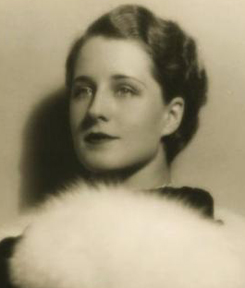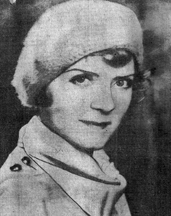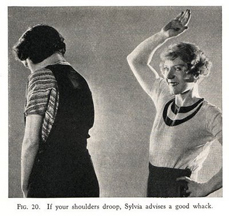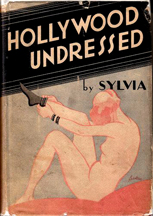Actress Dorothy Mackaill was born 114 years ago today in Kingston upon Hull, Yorkshire, England. Here are 10 DM Did-You-Knows:
- Mackaill’s parents separated when she was eleven, after which she lived with her father.
- As a teen, she left home for London in pursuit of a career acting on the stage. After a short sting in Paris, she met a Broadway choreographer who convinced her to move to New York City.
- That move paid off, as she was soon made a Follies Girl in the The Ziegfeld Follies and met actresses Marion Davies and Nita Naldi.
- In 1920, Mackaill made her motion picture debut in a movie mystery, The Face at the Window, and also appeared in a number of comedies opposite actor Johnny Hines.
- In 1921, Mackaill’s career received another boost when she was cast in Bits of Life, along with Anna May Wong, Noah Beery and Lon Chaney.
- Mackaill’s star-making role came in 1924, when she appeared in The Man Who Came Back opposite leading man George O’Brien. She was also named, along with Clara Bow and eleven other starlets, a WAMPAS Baby Star.
- The arrival of talking pictures didn’t appear to present a problem for Mackaill—she worked steadily in the early years of the sound era—but she was signed with First National Pictures, which merged with Warner Brothers in 1928, and when her contract ended in 1931, Warners declined to renew it.
- Mackaill continued to work as a free agent, but the roles came less frequently—she made just eight pictures in the next six years before retiring in 1937 to care for her ailing mother.
- In 1955, Mackaill moved to Honolulu, Hawaii, a locale she’d very much enjoyed while filming His Captive Woman there in 1929. She resided at the deluxe Royal Hawaiian Hotel on the beach at Waikiki, swimming in the ocean on a near-daily basis.
- Mackaill acted just three times after 1937, making a single appearance on the anthology television series Studio One in Hollywood in 1953 and two guest spots (in 1976 and 1980) on Hawaii Five-O, which certainly made for an easy commute to work. When she passed away in 1990, her ashes were scattered off her beloved Waikiki beach.
Happy birthday, Dorothy Mackaill, wherever you may be!







